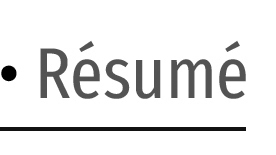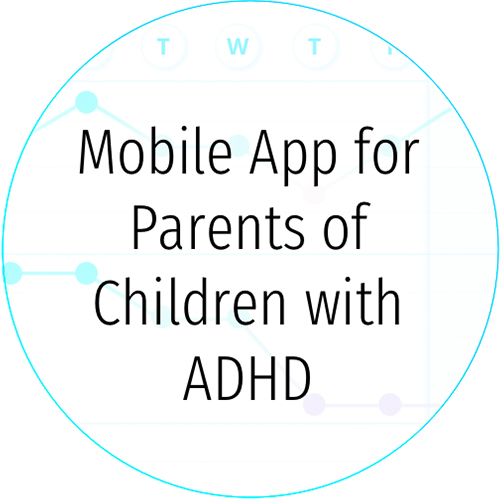






The Challenge: We found through usability testing and research that parents (the users) of our client's app needed a better way to see data over time about their child's symptoms and behaviors.
|
So Much Data. If multiple adults are inputing multiple data points every day, even a just a week's worth of data could potentially be...dense:
|
|
Our Approach: After spending some time understanding the data, we then explored early concepts on how users might want to navigate and view the data.
|
|
We also wanted to reinforce accountability on the platform, so we also spent some time thinking through different ways to see who was reporting behaviors on any given day.
|
|
Eventually our concepts began to take shape...
|
|
We gave users the freedom to "zoom in" to a single day, or "zoom out" to a year's worth of data - with a week being the 'standard view'. Once we felt like we were close, we tested our designs with users.
|
|
Testing revealed a few pain points. Overall though, we got the basics right thanks to the first round of research and we were able to course correct the details that testing revealed were off. Here are our final wireframes!
|
|
Symptoms: Another part of the app that we re-designed was the reporting of Symptoms data. More scientific than behaviors, symptoms are scored less often based on the 18 question Vanderbilt Scale. Parents were pleased that our designs made this data less confusing and more accessible.
|
|
Leaderboard Designs: |
|
Ultimately our research into the lives and challenges of parents coupled with the rigorously designed visualizations set our client up for success to develop an app capable of tracking a child with ADHD. Our hope is to giving the parents an easy way to dig into their child's behaviors leading to a more complete picture of their day to day lives and how their child's symptoms and behaviors change over time.
|